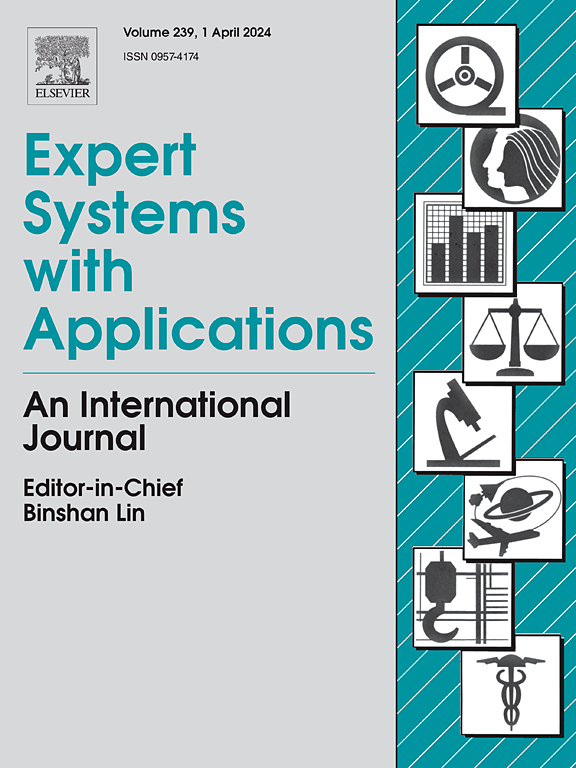Monocular visual semantic understanding system for real-time internal damage detection
IF 7.5
1区 计算机科学
Q1 COMPUTER SCIENCE, ARTIFICIAL INTELLIGENCE
引用次数: 0
Abstract
To quickly and non-destructively obtain internal damage data of components, endoscope technology based on machine vision has been widely utilized. However, it is still challenging to measure the internal damage of equipment intelligently and accurately in real time, especially for the internal damage of precision equipment. Therefore, an intelligent endoscope detection system based on monocular visual semantic understanding is proposed in this paper. In this system, a self-developed microprobe structure is used to construct a multi-frame full convolutional network model through multi-scale feature coupling mechanism, which effectively overcomes the feature degradation caused by low contrast imaging and uneven illumination during internal detection. As a result, it enables the automatic identification of the target region and the high − precision measurement of regional geometric parameters. Experimental results demonstrate that the average absolute error of damage size measurement is 0.029 mm, with a standard deviation of 0.0236. The average mIoU is at least 3.3 % higher than other detection methods covered in this article, and the accuracy of damage measurement is improved by about 10 %. It can realize automatic and intelligent defect identification and measurement, and meet the requirements of real-time measurement on site.
用于内部损伤实时检测的单目视觉语义理解系统
为了快速、无损地获取部件内部损伤数据,基于机器视觉的内窥镜技术得到了广泛的应用。然而,如何实时、智能、准确地测量设备的内部损伤,尤其是精密设备的内部损伤,仍然是一个挑战。为此,本文提出了一种基于单目视觉语义理解的智能内窥镜检测系统。该系统采用自主研发的微探针结构,通过多尺度特征耦合机制构建多帧全卷积网络模型,有效克服了内部检测过程中成像对比度低和光照不均匀导致的特征退化问题。从而实现了目标区域的自动识别和区域几何参数的高精度测量。实验结果表明,损伤尺寸测量的平均绝对误差为0.029 mm,标准差为0.0236。平均mIoU比本文所涉及的其他检测方法至少高出3.3%,并且损伤测量的准确性提高了约10%。可实现缺陷识别与测量的自动化、智能化,满足现场实时测量的要求。
本文章由计算机程序翻译,如有差异,请以英文原文为准。
求助全文
约1分钟内获得全文
求助全文
来源期刊

Expert Systems with Applications
工程技术-工程:电子与电气
CiteScore
13.80
自引率
10.60%
发文量
2045
审稿时长
8.7 months
期刊介绍:
Expert Systems With Applications is an international journal dedicated to the exchange of information on expert and intelligent systems used globally in industry, government, and universities. The journal emphasizes original papers covering the design, development, testing, implementation, and management of these systems, offering practical guidelines. It spans various sectors such as finance, engineering, marketing, law, project management, information management, medicine, and more. The journal also welcomes papers on multi-agent systems, knowledge management, neural networks, knowledge discovery, data mining, and other related areas, excluding applications to military/defense systems.
 求助内容:
求助内容: 应助结果提醒方式:
应助结果提醒方式:


